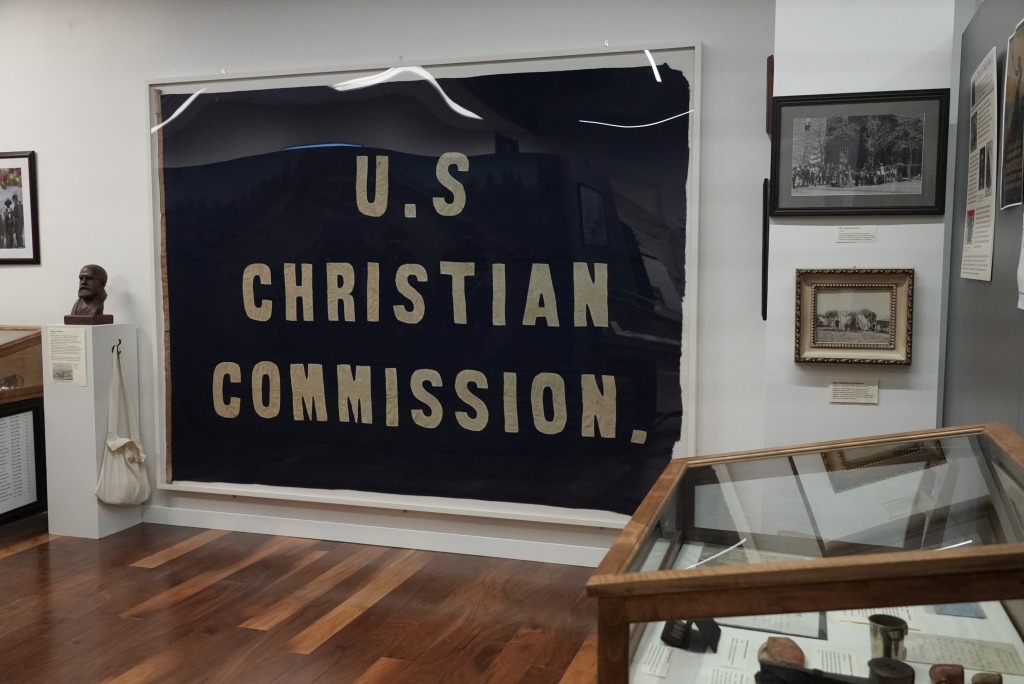For students at Liberty University, the Chaplains Museum provides a partnership that gives students tangible experience while helping furnish the museum with research.
With continuously growing and changing exhibits, students gain a wealth of knowledge. This semester, however, some have the opportunity to dig deeper into the earlier history of evangelical American chaplains in preparation for a brand-new exhibit next year.
July 4, 2026 marks the nation’s 250th birthday, and the Chaplains Museum will commemorate the occasion with student-faculty research to better represent the role of military chaplains in continuing the United States’ legacy as a free nation.
Donna Davis Donald, director of Public History Initiatives, works closely with students to aid them in research along with giving them the chance to take the lead on their individual research projects for the museum.
Not only are students essential to running the museum on a day-to-day basis, but they also play a crucial role in creating the content the museum puts on display.
“I have already spoken to 11 classes this semester making suggestions for research topics related to the museum,” Donald said. “We would not have nearly as much content in the museum without student research. It would be just a fraction of what we have been able to do here.”
Donald hopes to find ways to tie the anniversary of America’s founding along with the museum’s existing focuses. This task can be tricky due to the few resources they have access to from the time period.
“The challenge that we have though is we do not have anything from 250 years ago, and we do not have pictures,” Donald said. “So, we are working on designing something that will be engaging and informative.”
While the exhibit concept has not been fully developed, George Washington will be a central figure. As Commander of the Continental Army during the American Revolution, General Washington appointed the first U.S. military chaplains which established a precedent for the chaplaincy today.
“If the exhibit focuses on the earliest chaplains in American history, the contribution of George Washington will be an essential element,” Donald said.
Naomi Park, a student worker, is focusing her research this semester on the impact of chaplains such as Samuel Langdon to the nation’s founding.
“(Langdon) was pretty impactful and kind of set up the chaplaincy in the founding and that really set the precedent for the rest of the chaplaincy throughout American history to this day 250 years later,” Park said.
The chaplaincy was founded July 29, 1775, one year prior to America’s independence. Park as well as many student staff have focused their research for the museum this semester on the chaplains of this period and their roles in the revolution.
“Chaplains played such an integral role in gaining independence,” Park said. “They were established by Congress in 1775, so a whole year before we even signed the Declaration of Independence.”
Visitors can enter the museum on the terrace level of the Jerry Falwell Library to view the students’ work and find out more about what is to come with the exhibit.
The museum is always open to donations or loans of anything that may be relevant to their exhibits. For more information about the museum, email chaplainsmuseum@liberty.edu, visit https://chaplainsmuseum.org/ or visit their Instagram @chaplainsmuseum to stay up to date on this semester’s events.
White is the sports editor for the Liberty Champion. Follow her on X.
